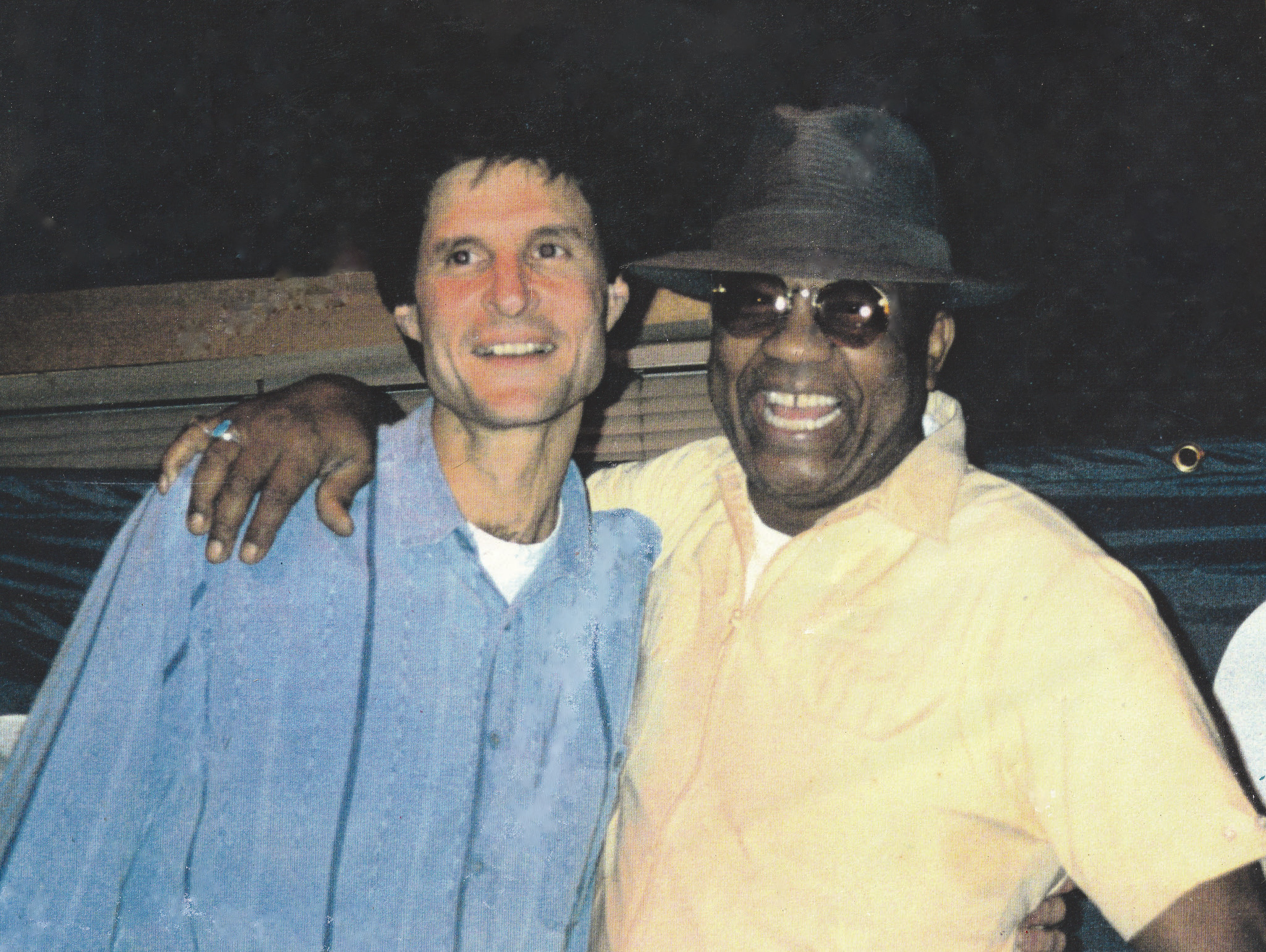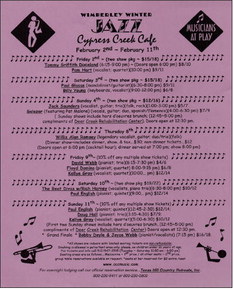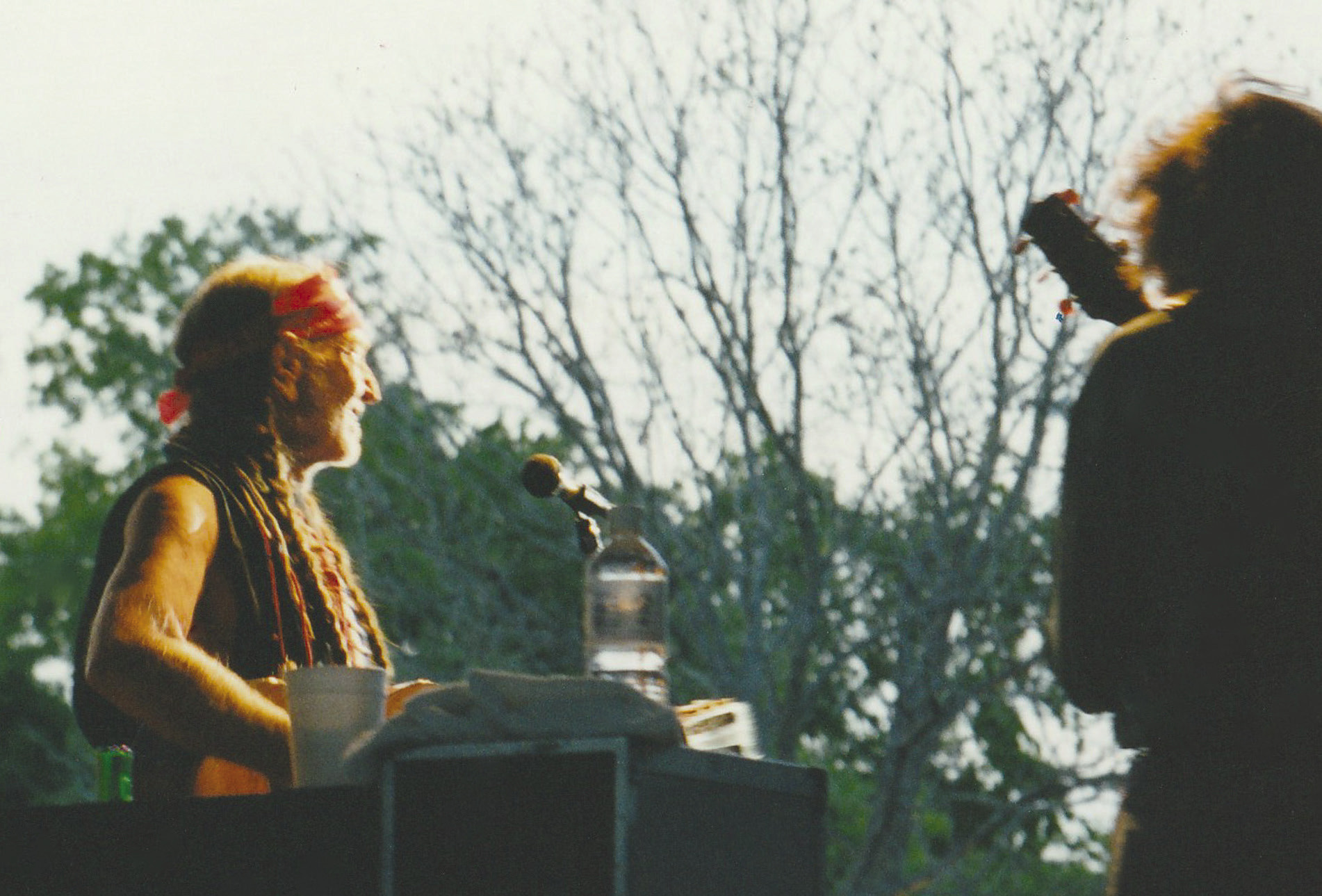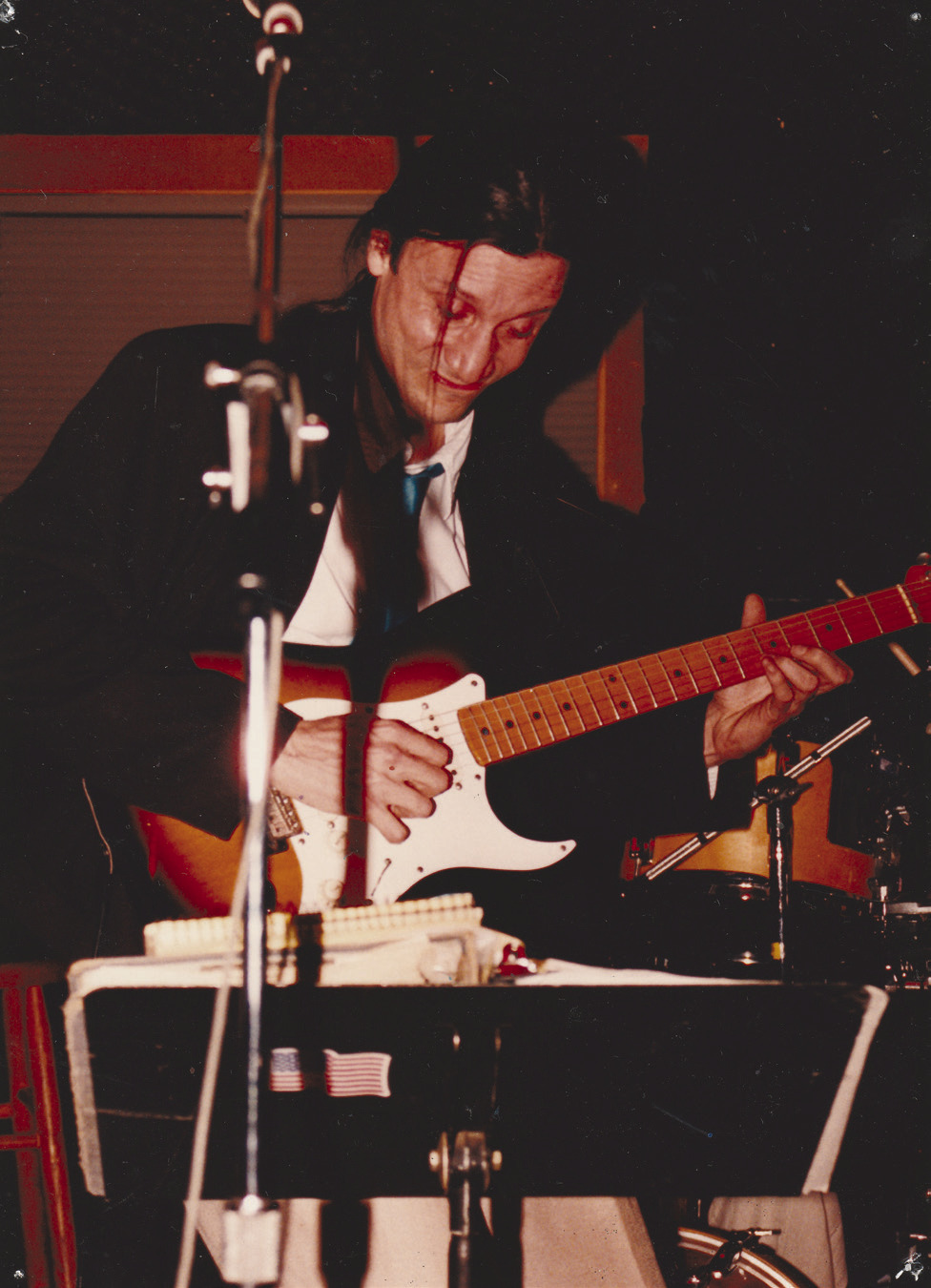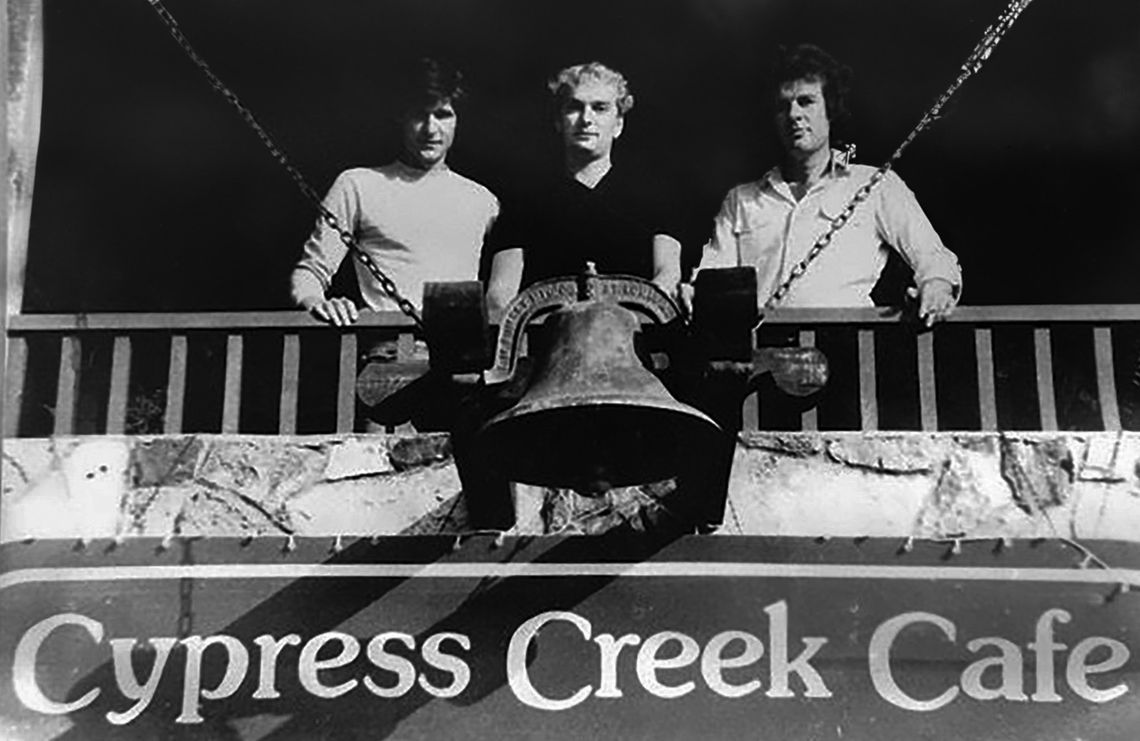

Bruce and Dave Calkins grew up in Houston during the ‘50s and ‘60s. Their father was very musical, and Houston was rich with musical talent during the early years of popular music. The boys’ interest in music started at an early age and never waned.
Neither had thought of owning a music venue, but just weeks after opening the Cypress Creek Cafe, they began planning to enlarge and remodel the existing back room to accommodate their “private club” idea. Live music was not initially at the top of their list for the club, but after the grand opening, in which Fernando Miramon’s Jazz trio played, it became an immediate priority.
“The atmosphere in the room that night was amazing,” said Bruce. “It was a lightning bolt event which ignited a longtime, if invisible, desire to somehow be involved in the music world. In hindsight it was pure destiny.”
The Calkins brothers began contacting many of the musicians they knew from their years working in the Austin restaurant and bar scene.
A couple of weeks after the club opened, their first bartender was waiting in line at the Driftwood post office. She struck up a conversation with a young man who had recently moved to the area who told her he was a musician from Chicago.
“She urged him to come see me about performing at the club,” Bruce said. That musician turned out to be Pat Malone.
“Pat came in soon after that, handed me a CD, and the rest is history. It was pure serendipity. To this day Pat remains one of the most talented guitar players to ever perform at CCC.”
“Pat Malone’s trio was basically our house band for several weeks. His rhythm section with John Blondell on bass and Frosty on drums was, arguably, one of the best ever to play in Austin.”
According to Bruce, “They could play just about anything you wanted and their collective musical talents were second to none.” It was a defining moment for the CCC and the town of Wimberley. A first-rate music scene was launched that reverberated throughout the Hill Country.
“The Pat Malone Trio set the proverbial bar extremely high, and there was no turning back after that.”
During its 25-year run, a long list of talented players left their indelible mark on the CCC club. In no particular order, are a few of them: Pat Malone, WC Clark, Mike Cross, Joe Forlini, Lee Roy Parnell, Doyle Bramhall Sr., Ernie Gammage, Bobby Doyle, Shake Russell, Erik Hokkanen, Jimmy Day, Monte Montgomery, Willis Alan Ramsey, Michael Ballew, Bob Livingston, Mason Ruffner, Paul Glasse, Mitch Watkins, Stephen Bruton, Rob Parnell, Terri Hendricks, Jimmy Lafave, Junior Brown, Gary P Nunn, Hal Ketchum, and Tomas Ramirez.
Bands such as The Brew, Blue Mist, Denim, Supernatural Family Band were there too. There were well over 3,000 performances in all. That music completely transformed the music scene in the Wimberley area. With those musicians and bands came extraordinary side players. That list is just as mind boggling.
In addition to the weekly barrage of incredible talent, there were the annual events such as the Crawfish Festival, which some have called the beginning of the “crawfish craze” in the Texas Hill Country. Before the Calkins brothers produced their first-ever crawfish boil in the Spring of 1982, public crawfish festivals didn’t exist in the Hill Country.
Billed as the “best party In Wimberley,” Bruce and Dave’s cousin Eric, of New Orleans, loaded up his trailer every year for 28 years with fresh Louisiana crawfish and headed for Wimberley. Eventually the brothers were cooking well over two thousand pounds of crawfish, a couple of hundred pounds of shrimp and gallons of delicious seafood gumbo. They also developed a gumbo cook-off that coincided with the Crawfish Festival, which was hugely successful and added to the already very popular festival.
Live music at the festival started about 1 p.m. and ended around 10, with Toups and Zydecajun headlining for many years, along with dozens of other top-notch supporting bands and artists.
The annual Jazz Festival began as an attempt to bring tourists and music lovers into Wimberley during the winter months.
“There were virtually no visitors in town those days,” Bruce said. “The Jazz Festival helped every business in town — shops, restaurants and Wimberley’s burgeoning overnight lodging business.”
Featuring names like Kellye Gray, Bobby Doyle, Tony Campise, Paul English, Doug Hall, Paul Glasse, Mitch Watkins, Carlos Lomas and Wimberley’s own Joyce Webb, to name just a few, the 15-year annual event opened up an entirely new musical experience for Wimberley.
“Ninety-five percent of the multiple shows that ran over a two-weekend period were sold out,” said Bruce. “The Jazz Fest was extremely well received and brought new customers to our venue and to Wimberley.”
Then there was the Willie Nelson event in the Spring of 2000. Bruce explained that the seed was planted by his wife, Mardee, who was a public relations executive for Mariner Corp, working at their Deer Creek facility here in Wimberley.
“Mardee wanted to do a fundraiser for Alzheimer’s research. The fundraiser was later diverted to benefit the American Cancer Society. By combining our connections, we were able to put together an outdoor event which raised several thousand dollars for ‘ACS.’
“The event was truly epic,” Bruce said. “Besides getting Willie Nelson on the ticket, we offered three incredible opening acts, including Lee Roy Parnell.”
Stay tuned for Part 4, coming soon.
